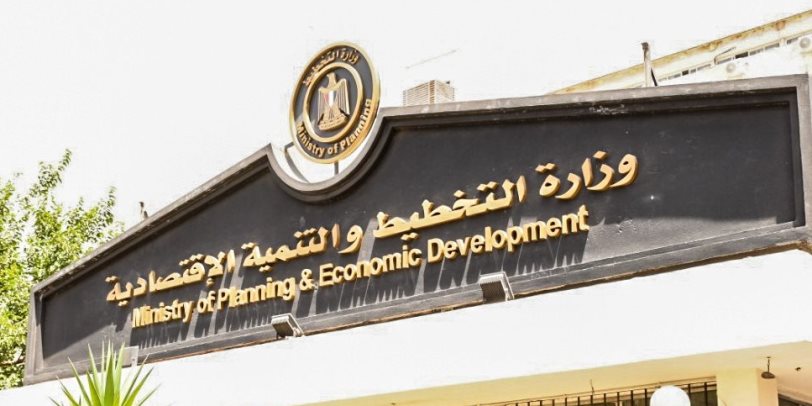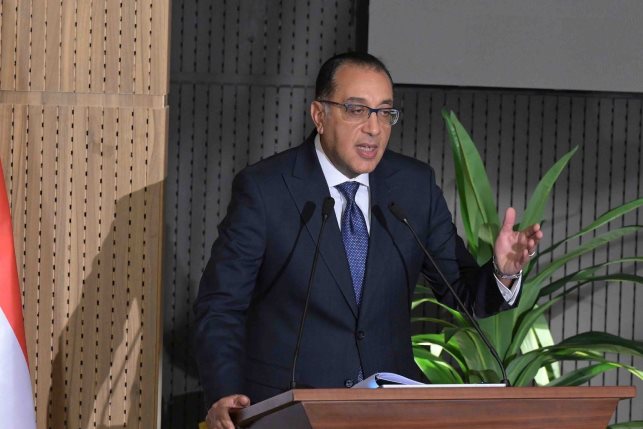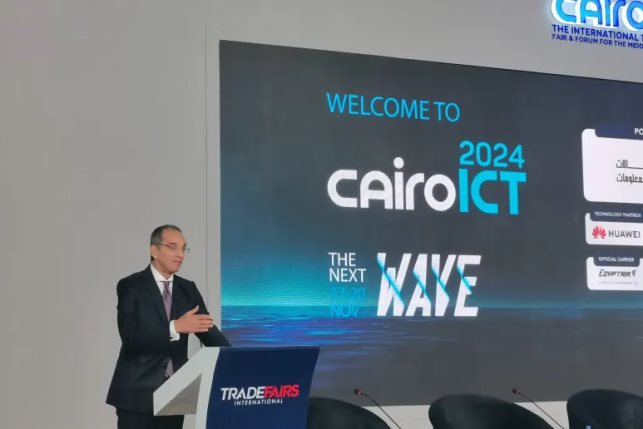South Sinai Development: Egypt's bold vision for economic growth, prosperity
Egypt's forward-thinking vision for South Sinai combines development, infrastructure, and sustainability to elevate the region's potential and quality of life.

Over the past years, the Egyptian government has been diligently executing a comprehensive plan to revitalize the South Sinai region.
This initiative involves the development of infrastructure, construction of extensive road networks and tunnels, and the launch of national projects in agriculture, industry, services, and tourism
These endeavors leverage Sinai's natural beauty and historical significance to improve the quality of life for its residents, elevate their living standards, and promote inclusive development.
In terms of investment allocations directed towards South Sinai Governorate in the 2023/2024 plan for development, a report from the Ministry of Planning and Economic Development reveals a total investment of approximately 5.1 billion Egyptian pounds.
The Treasury funds 47% of this amount, equivalent to 2.4 billion pounds.
The education sector commands the largest share of total investments at about 28.1%, followed by other services at 23.1%, and then the water, transport, and storage sectors at 15.4% and 10.4%, respectively.
Regarding the key developmental programs targeted for implementation in South Sinai Governorate during the plan's year, the report outlines a range of projects.
These include the completion of 15 agricultural clusters in collaboration with the Kuwaiti Fund for Development, drilling and equipping wells, constructing dams for flood protection, the New Delta Project for land classification and assessment of national agricultural projects, renewal and upgrading of water stations and networks in El Tor, Sharm El Sheikh, Taba, and Ras Sedr, aimed at reducing pressure and minimizing breaks and accidents in the lines.
Additionally, the plan includes enhancing the efficiency of water drinking stations to extend their lifespan and fully utilize their capacity.
Other projects encompass the completion of the second phase of the water line doubling project from Tunnels/Abu Redis, spanning 168 kilometers, and increasing the capacity of the West Tunnel water station from 35,000 to 70,000 cubic meters per day.
The establishment of desalination plants in El Tor, Ras Sedr, Abu Zenima, Dahab, and Nuweiba is also part of the plan.
Furthermore, it involves the creation of an underground tank with a 5,000 cubic meter capacity and the associated up and down pipelines in Dahab, as well as the construction of a 20,000 cubic meter capacity water accumulation tank in Sharm El Sheikh.
The plan also encompasses the provision of external facilities (drinking water and sewage) for King Salman University across its three branches (Ras Sedr, El Tor, and Sharm El Sheikh).
Egypt's relentless commitment to the development and modernization of South Sinai underscores the nation's dedication to not only enhance infrastructure and vital services but also to promote economic growth and inclusivity in one of its most picturesque regions.
These efforts aim to unlock the full potential of the area, both in terms of its natural assets and its strategic importance.





